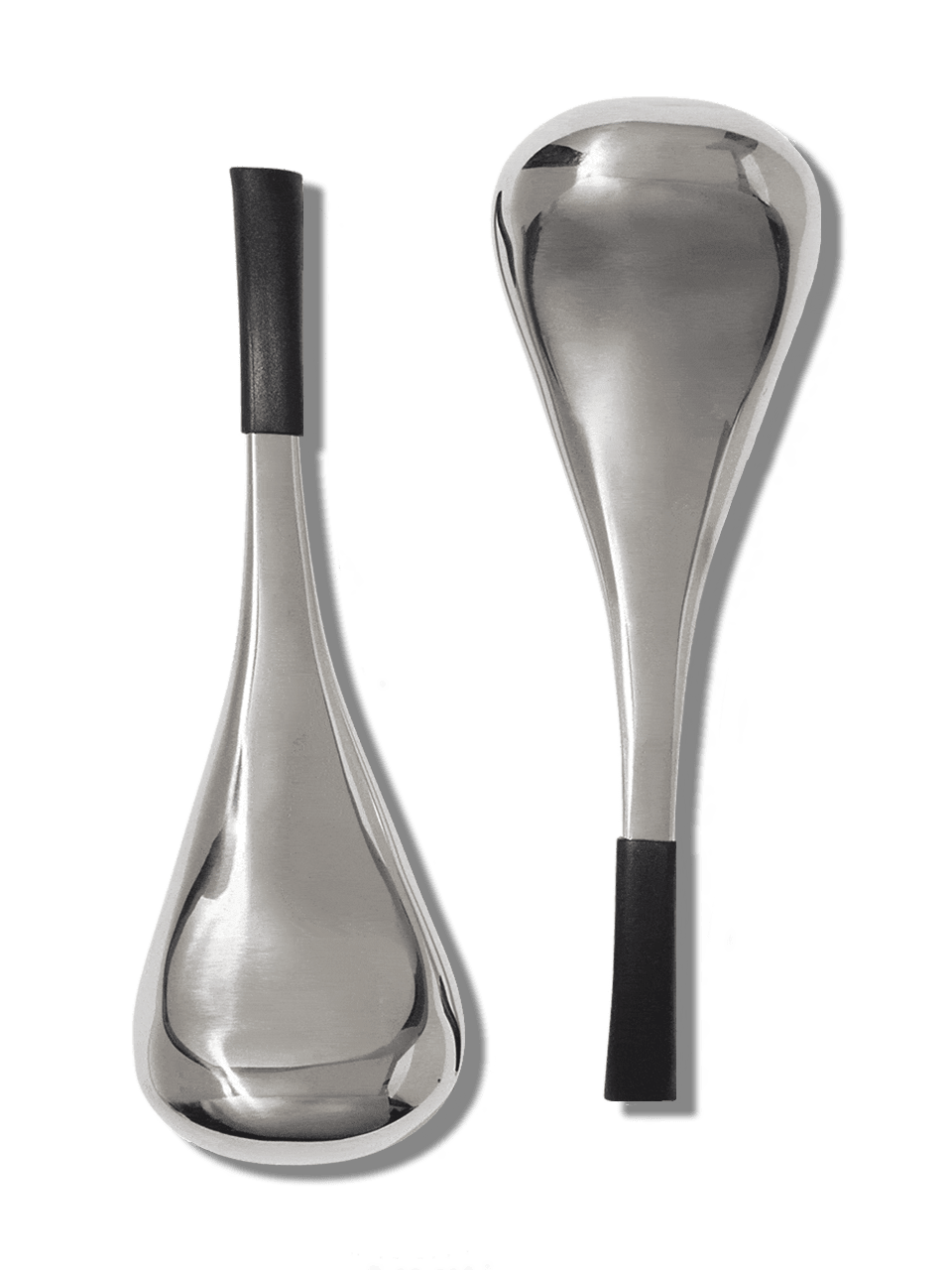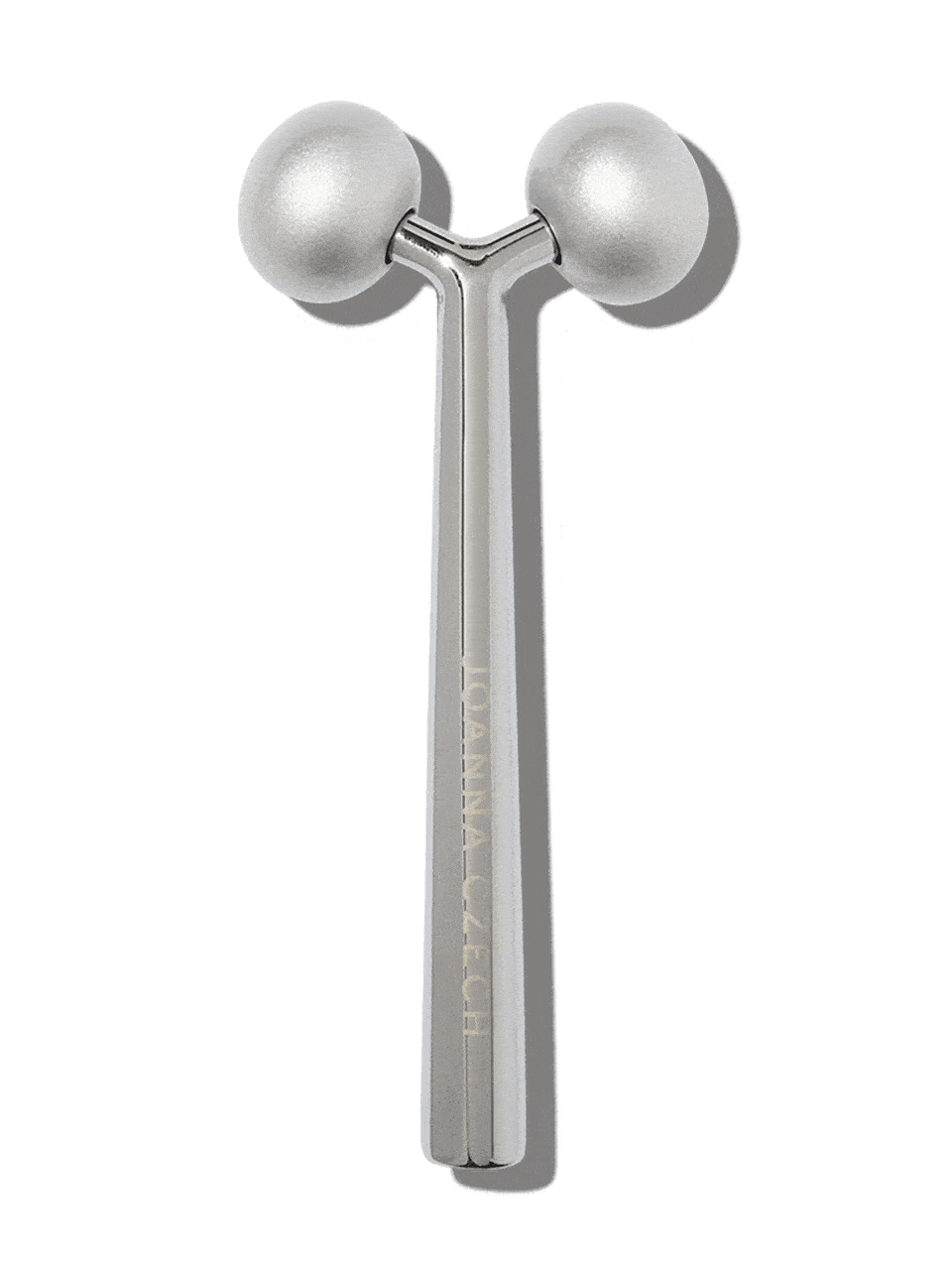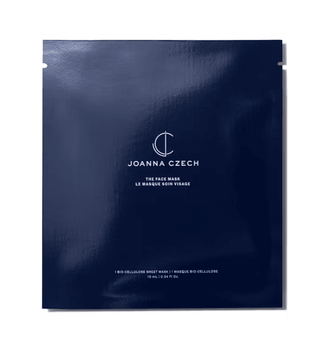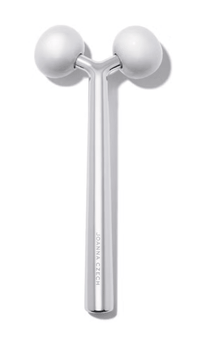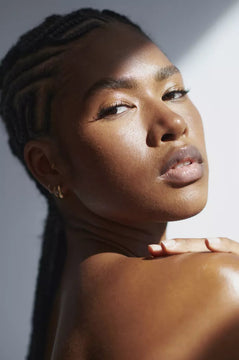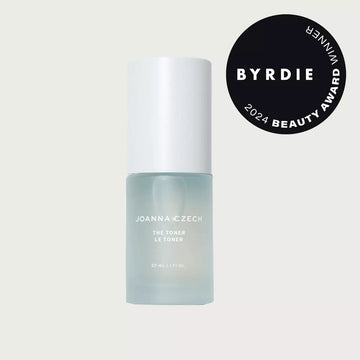The Skin-Care Benefits of Ice-Rolling, Explained
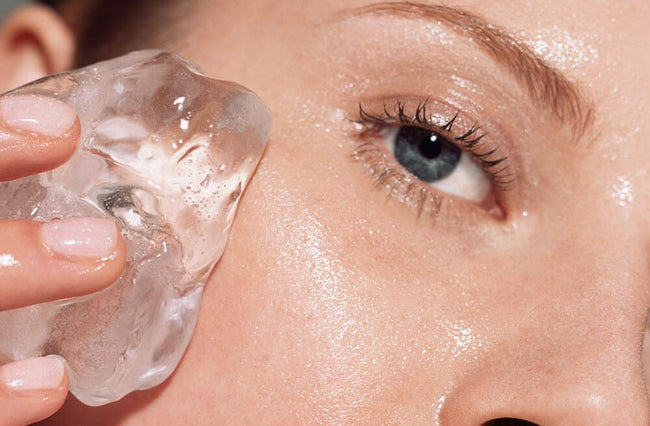
You’ve seen the roll-and-go tools all over Instagram, but what exactly do ice rollers do for the skin?
Designed to be chilled to deliver a cooling, tightening effect to the skin, the simple, hand-held tool is best known for its ability to quickly de-puff a tired complexion. But as skin experts explain, the trending tool offers a host of other legitimate skin-care benefits, too.
What are the benefits of ice-rolling?
“Ice rollers stimulate the lymphatic system and massage the face to get rid of puffiness and toxins, stimulate blood flow and reduce muscle tension,” explains Miami dermatologist Annie Gonzalez, MD. “Anything ‘cryo’ is anti-inflammatory, meaning it will slow the effects of aging, speed up healing and can stimulate collagen production,” says celebrity esthetician Joanna Czech.
Even better, the cooling action of the tool also allows for a refreshed, brighter-looking appearance. “Ice rollers may also help constrict blood vessels, thus decreasing inflammation and reducing the appearance of broken capillaries,” adds Dr. Gonzalez.
How do you use an ice roller?
Begin from the center of your face and use upward, outward strokes to roll the tool along the skin, making sure to apply just enough pressure to massage the skin, as using too much pressure can cause irritation. To de-puff the under-eyes, gently roll the tool along the area, applying little to no pressure.
When is the best time to use an ice roller?
Barring a couple of exceptions—more on that below—you can ice roll whenever you’d like. According to Czech, reaching for your ice roller as the last step of your skin-care routine is always a good idea. “I recommend using your ice roller to help spread products to all areas of your face,” also suggests Dr. Gonzalez. “For example, you can apply a moisturizer or serum to your face and then use your ice roller to spread the product to your under eyes, forehead, temples, cheeks, etc. Massaging the face with your ice roller can help the topical product absorb into the skin.”
